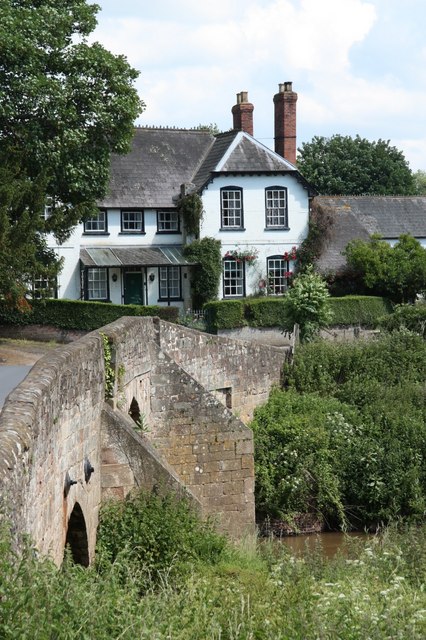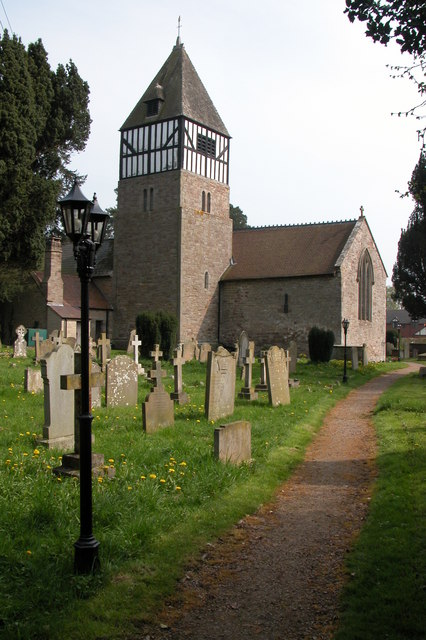Ash Plantation
Wood, Forest in Herefordshire
England
Ash Plantation

Ash Plantation is a picturesque woodland located in Herefordshire, England. Covering an area of approximately 100 acres, it is a well-preserved example of a mixed deciduous forest, primarily composed of ash trees. The plantation is situated on gently sloping terrain, offering visitors stunning vistas and a serene atmosphere.
The trees within Ash Plantation are predominantly mature ash trees, known for their tall stature and distinctive diamond-shaped leaves. These trees provide ample shade and create a dense canopy, allowing for a cool and tranquil environment even during the hot summer months. The forest floor is covered in a lush carpet of moss, ferns, and wildflowers, further enhancing the natural beauty of the woodland.
Ash Plantation is home to a diverse range of wildlife. Birdwatchers can spot a variety of species, including woodpeckers, owls, and warblers, while small mammals such as squirrels and rabbits scurry through the undergrowth. The forest also supports a rich insect population, attracting butterflies and bees.
Visitors to Ash Plantation can explore a network of well-maintained footpaths and trails, providing opportunities for leisurely walks, jogging, or cycling. Picnic areas and benches are strategically placed throughout the woodland, allowing visitors to rest and appreciate the tranquility of their surroundings. The plantation is open to the public year-round, with free admission and ample parking available.
Ash Plantation, with its ancient ash trees, diverse wildlife, and serene atmosphere, is a true natural gem in Herefordshire, offering visitors a chance to immerse themselves in the beauty of the English countryside.
If you have any feedback on the listing, please let us know in the comments section below.
Ash Plantation Images
Images are sourced within 2km of 52.041344/-2.6292535 or Grid Reference SO5638. Thanks to Geograph Open Source API. All images are credited.
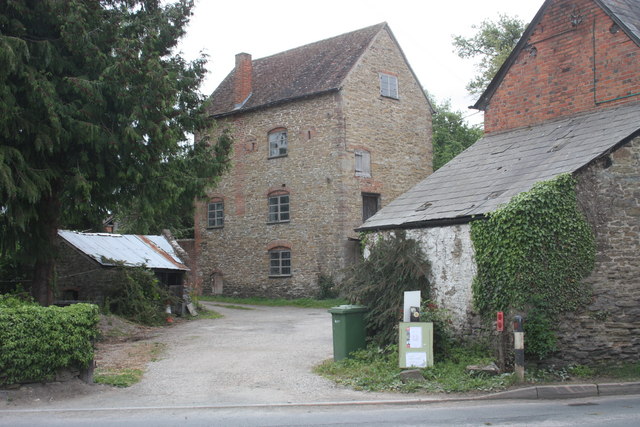
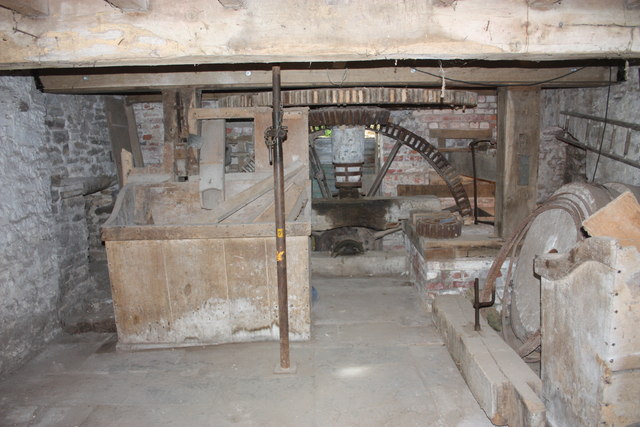


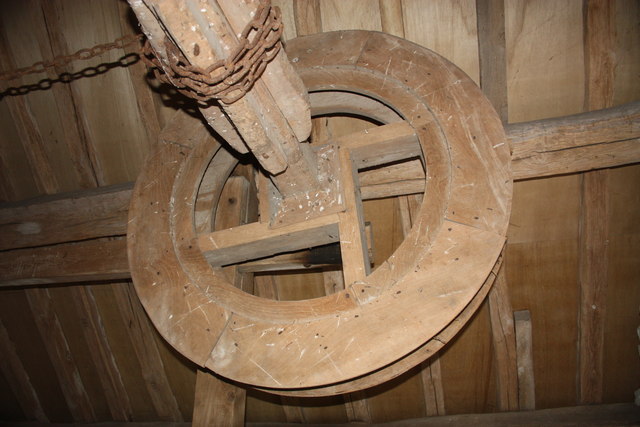
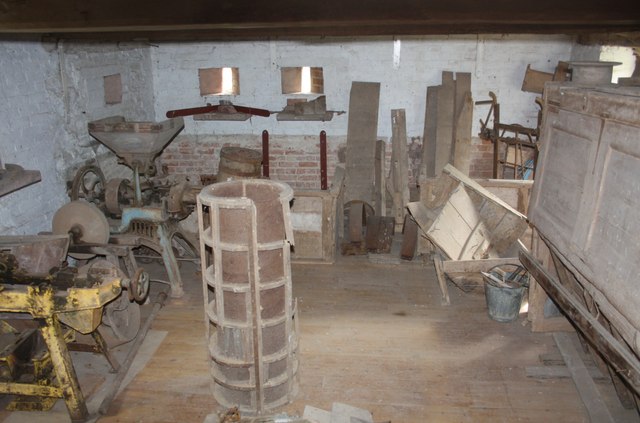
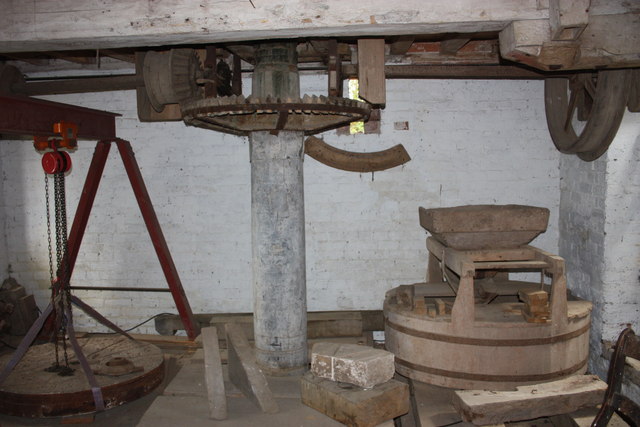

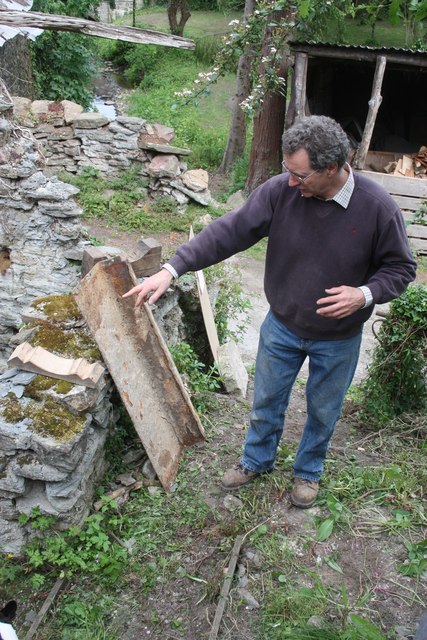
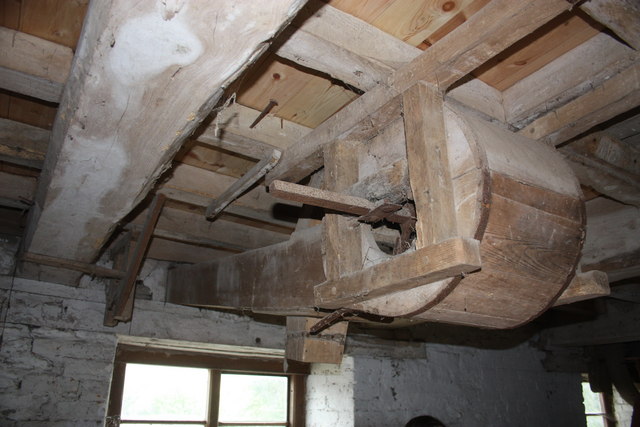


Ash Plantation is located at Grid Ref: SO5638 (Lat: 52.041344, Lng: -2.6292535)
Unitary Authority: County of Herefordshire
Police Authority: West Mercia
What 3 Words
///elsewhere.aunts.validated. Near Lugwardine, Herefordshire
Nearby Locations
Related Wikis
Mordiford
Mordiford is a village and civil parish in Herefordshire, England on the B4224 Hereford to Mitcheldean road 4 miles (6 km) east-southeast of the city of...
Hampton Bishop
Hampton Bishop is a village and civil parish south-east of Hereford, in Herefordshire, England. The population of the civil parish at the 2011 Census was...
River Lugg
The River Lugg (Welsh: Afon Llugwy) rises near Llangynllo in Radnorshire, Wales. It flows through the border town of Presteigne and then through Herefordshire...
River Frome, Herefordshire
The River Frome is a river in Herefordshire, England. It flows through Bromyard, and Bishops Frome. Immediately below the depopulated village of Stretton...
Nearby Amenities
Located within 500m of 52.041344,-2.6292535Have you been to Ash Plantation?
Leave your review of Ash Plantation below (or comments, questions and feedback).





